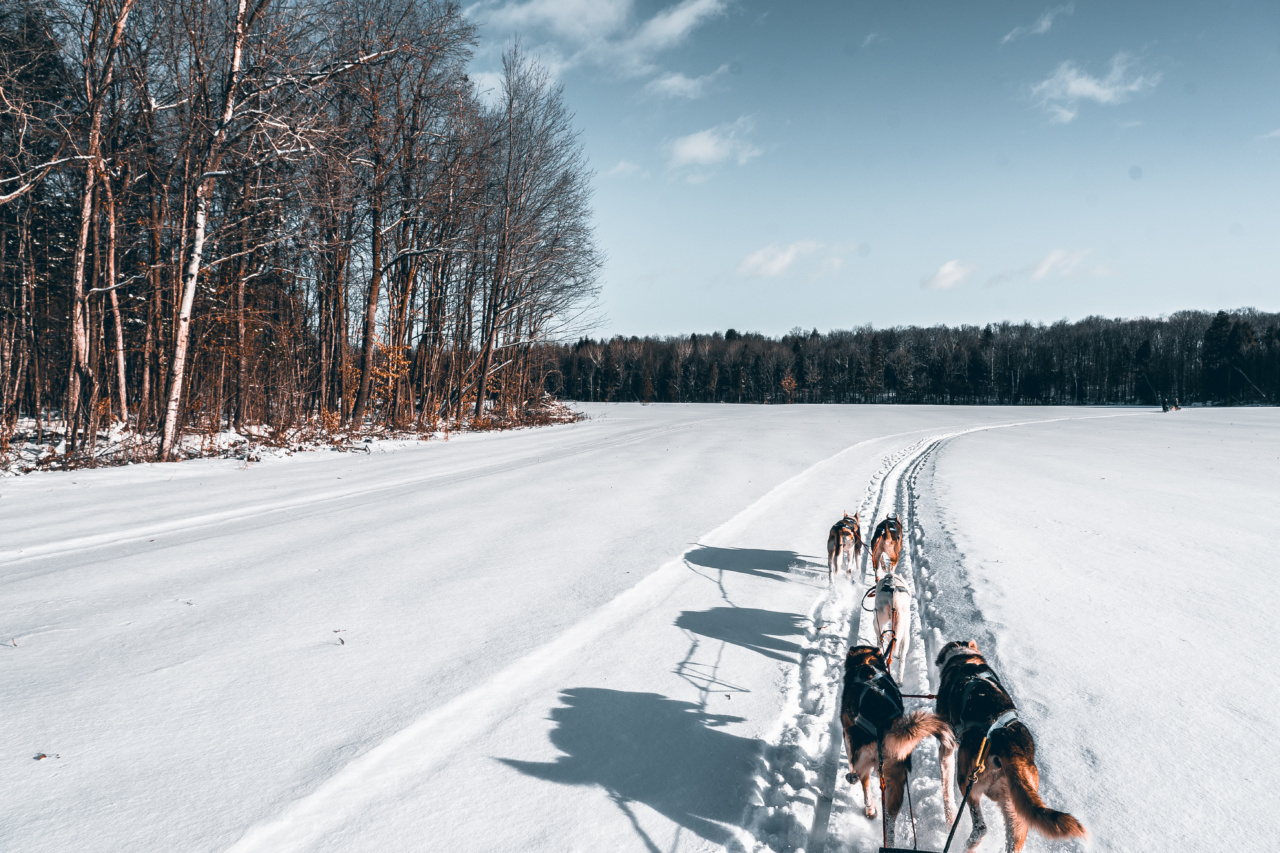Dogs are social creatures, but not all of them are friendly and outgoing. Some dogs become fearful and anxious around people, other animals, or certain situations.
A fearful dog can be challenging to handle, especially if you’re not familiar with their body language and behaviour. If you encounter a fearful dog, it’s essential to know the dos and don’ts of interacting with them. Here are some tips to help you navigate the situation safely and effectively.
Do: Be Calm and Confident
Dogs can sense our emotions, and if you approach a fearful dog with nervous energy, it can make their anxiety worse. Therefore, it’s crucial to be calm and confident around fearful dogs.
Speak in a soothing tone and avoid making any sudden movements that can startle them. Keep your posture relaxed and avoid direct eye contact. Give the dog some space and allow them to approach you on their terms.
Don’t: Force Interaction
A fearful dog may not want to interact with you, and it’s essential to respect their boundaries. Never force a dog to interact with you by grabbing or pulling them towards you.
It can make the dog feel threatened, and they may resort to defensive behaviour like growling, biting, or running away. If the dog shows signs of discomfort, such as cowering or avoiding eye contact, back away and give them some space.
Do: Use Positive Reinforcement
Positive reinforcement is a powerful tool in dog training, and it’s also an effective way to build trust and confidence with fearful dogs. You can use treats, toys or verbal praise to reward the dog for calm and relaxed behaviour.
If the dog seems apprehensive about taking treats from your hand, toss them towards the dog to create a positive association. Over time, the dog will learn that you’re a source of positive experiences and may become more comfortable around you.
Don’t: Punish the Dog
Punishing a fearful dog can have severe consequences and can make their anxiety worse. Using physical force, yelling or scolding the dog can cause them to become even more fearful of the situation.
Moreover, it can erode trust and damage your relationship with the dog. Punishing the dog can lead to defensive behaviour like growling, snapping, or biting. Instead, focus on rewarding good behaviour and avoiding punishment altogether.
Do: Read the Dog’s Body Language
Understanding a dog’s body language can give valuable insights into their mood and intentions. It’s essential to watch for signs of anxiety, stress, and fear, such as cowering, shaking, panting, and hiding.
If the dog shows any of these signs, it’s crucial to back away and give them space. Similarly, if the dog seems relaxed and calm, it’s a sign that they may be more receptive to interact with you.
Learning to read a dog’s body language takes time and practice, but it can help you interact with all dogs safely and confidently.
Don’t: Invade the Dog’s Personal Space
Personal space is crucial for all dogs, but it’s especially important for fearful dogs. Invading a dog’s personal space can trigger their defensive and aggressive behaviour.
Hence, it’s crucial to respect their personal boundaries and avoid getting too close too quickly. Let the dog approach you on their terms, and avoid petting or making physical contact until the dog is comfortable with your presence.
Do: Seek Professional Help if Necessary
If you encounter a fearful dog that shows aggression or has a significant problem with anxiety, it may be best to seek professional help. A dog behaviourist or trainer can help the dog overcome their fears and build confidence.
They can also provide you with tips and techniques to work with fearful dogs safely and effectively. Don’t hesitate to seek help if you’re unsure how to handle a fearful dog.
Don’t: Ignore the Situation
Ignoring a fearful dog can lead to a dangerous situation. Fearful dogs can escalate to aggressive behaviour if they feel threatened or cornered. Therefore, it’s crucial to pay attention to their behaviour and respond appropriately.
If you notice a fearful dog, avoid approaching them directly and instead keep a safe distance while monitoring their behaviour.
Do: Offer Space and Time to the Dog
If the dog is showing signs of fear or anxiety, it’s essential to give them space and time to adjust. Avoid crowding the dog or moving too quickly.
If the dog seems overwhelmed, remove yourself from the situation and give them ample space to calm down. You can also offer them a quiet and secure place to rest, such as a crate or a blocked-off room. Over time, the dog may become more comfortable with their surroundings and begin to seek out interactions.
Don’t: Assume All Dogs Are the Same
It’s crucial to remember that all dogs are unique, and their behaviour can vary depending on their personality, breed, and past experiences.
Therefore, it’s essential to approach each dog as an individual and avoid generalizing their behaviour based on breed stereotypes or assumptions. Treat every dog with respect and patience, and you’ll build a positive and trusting relationship with them.




























